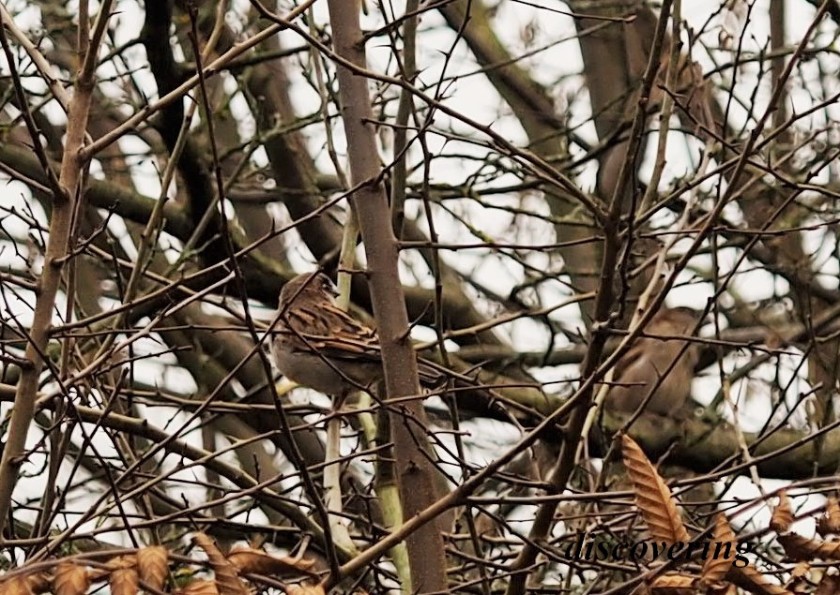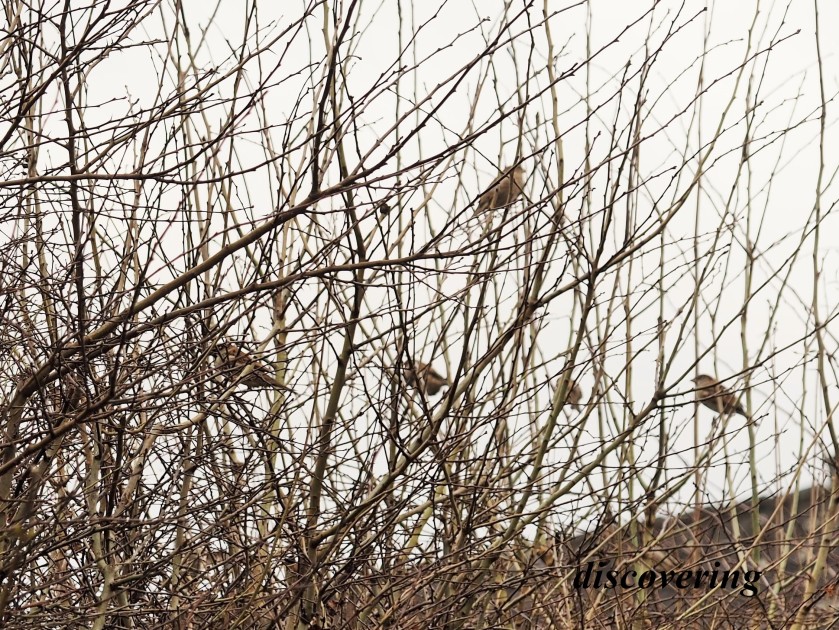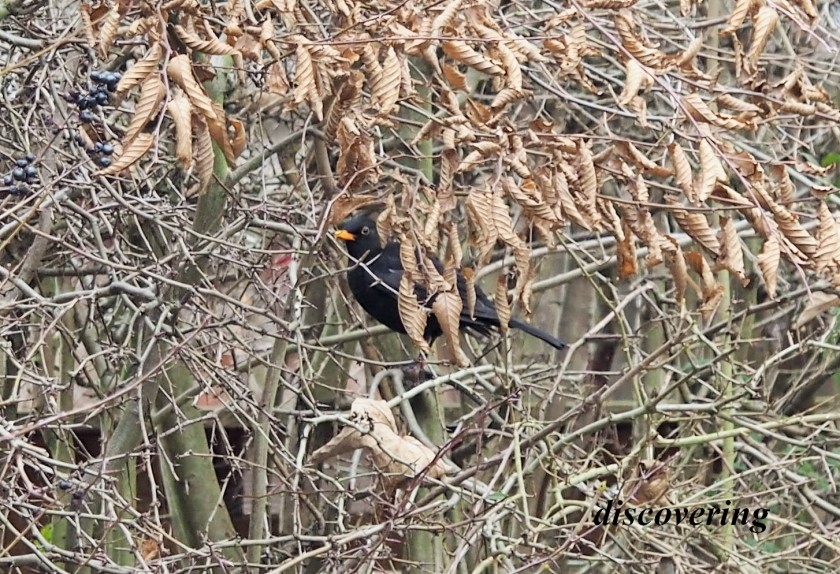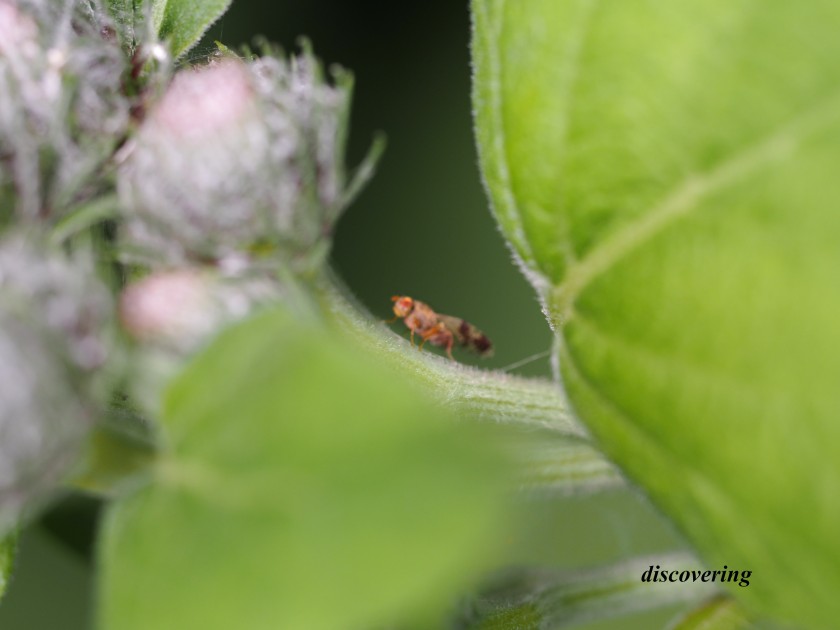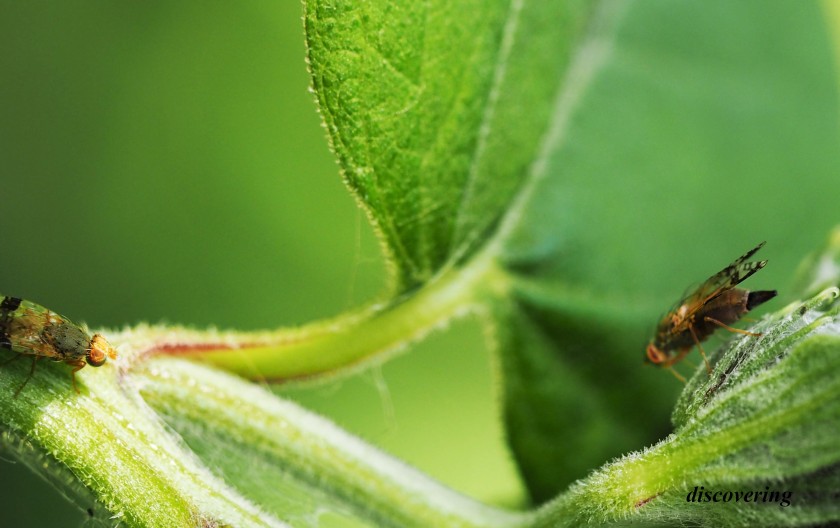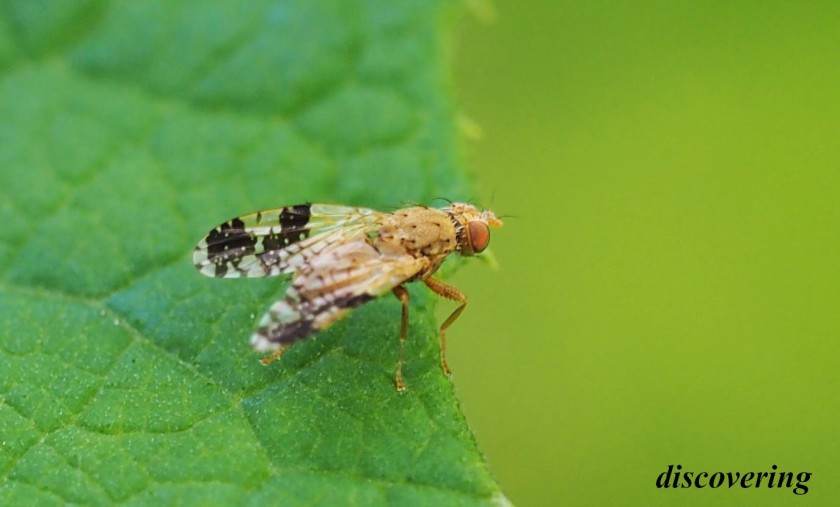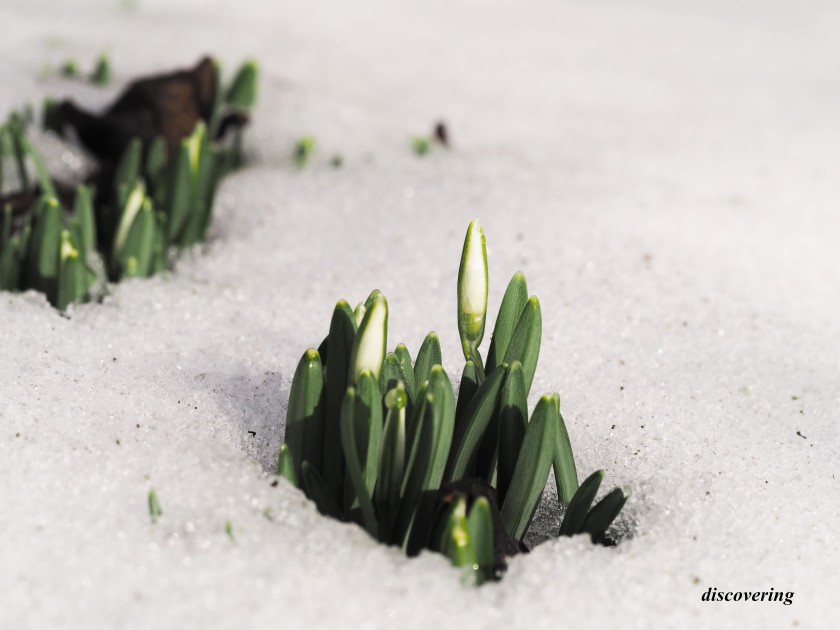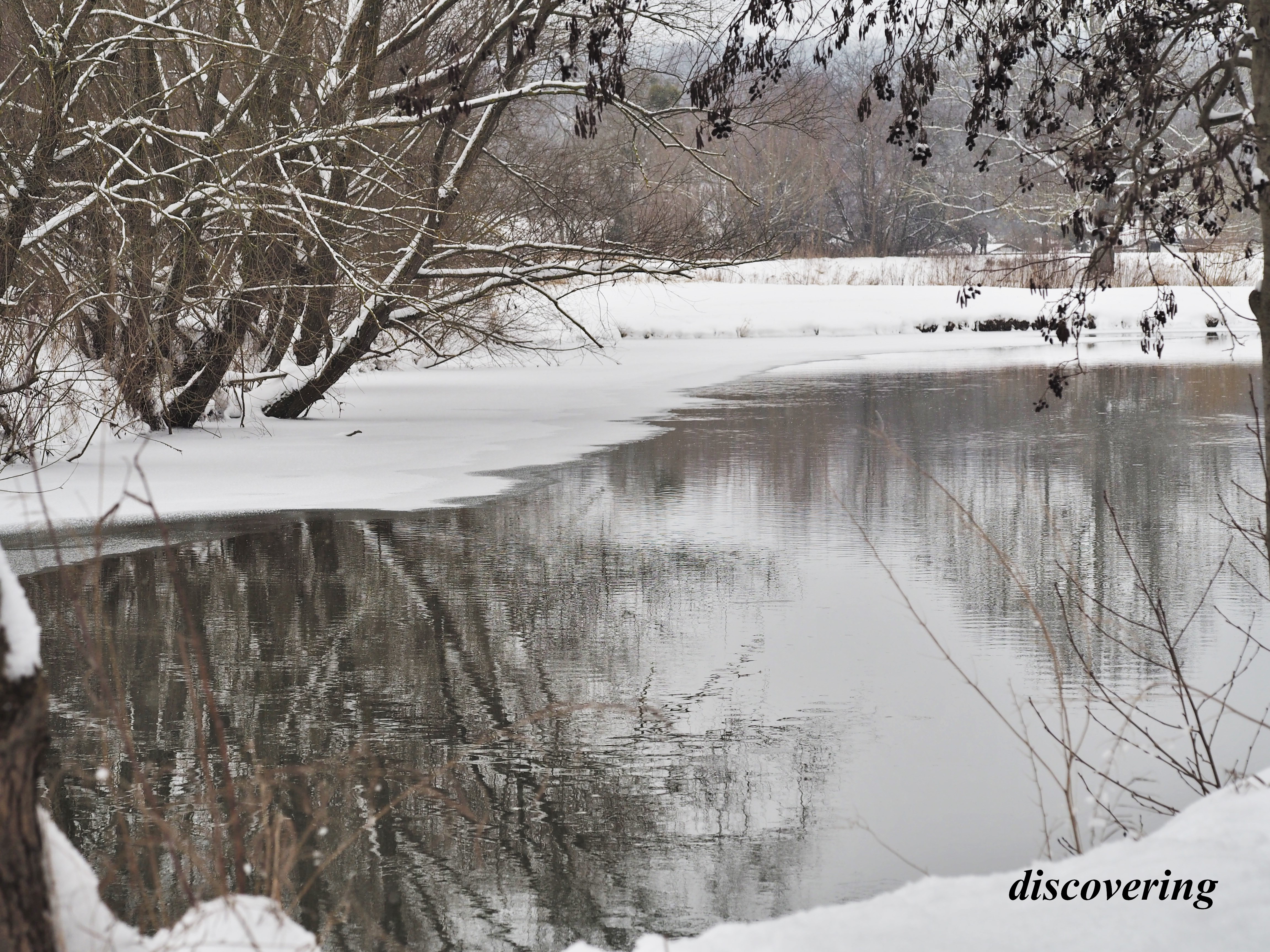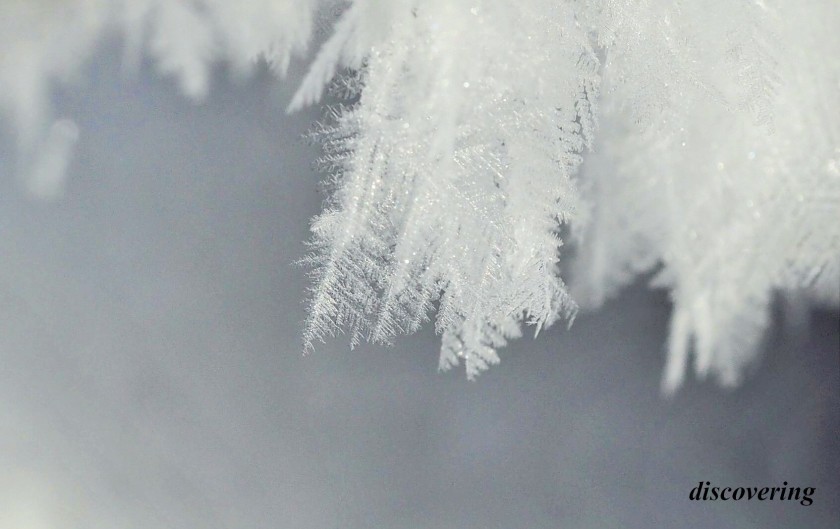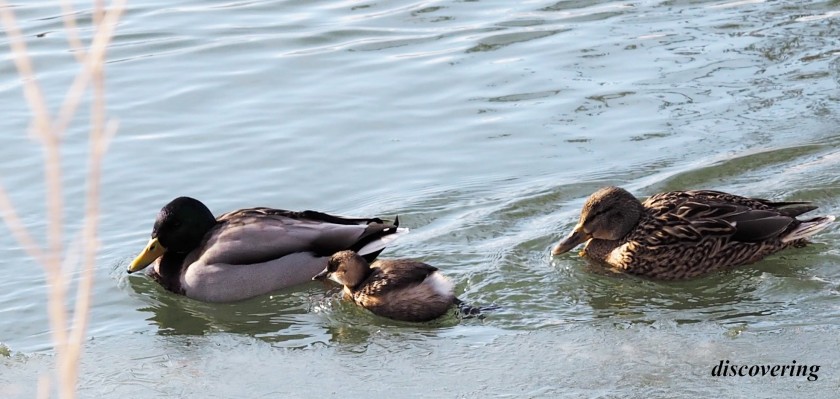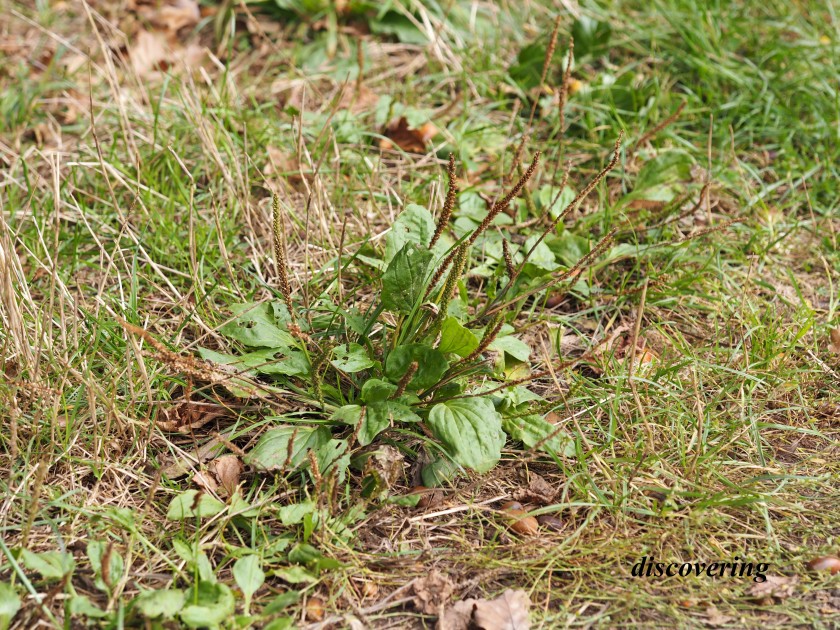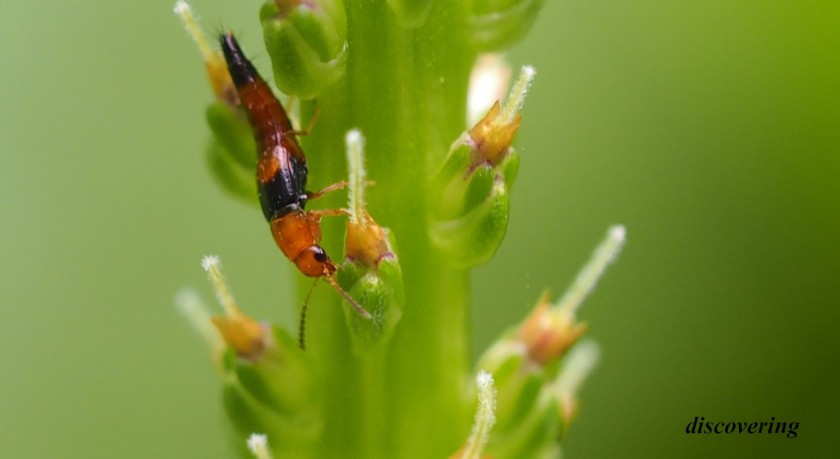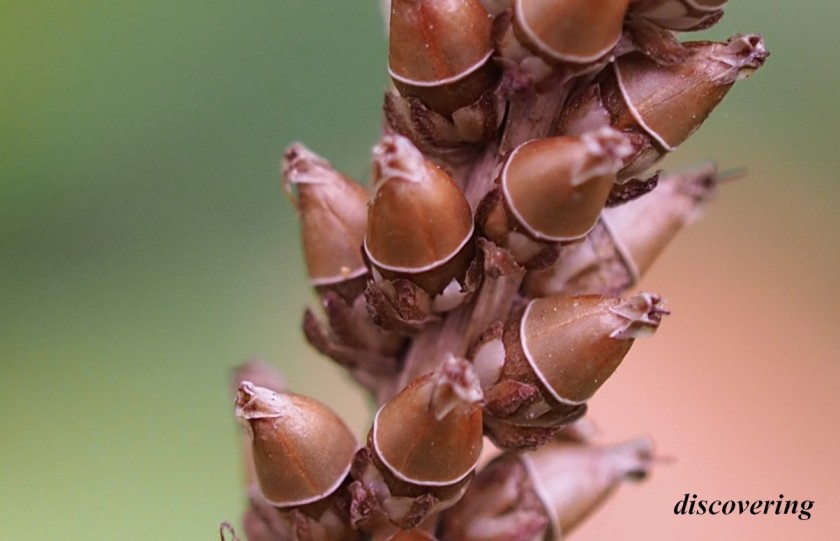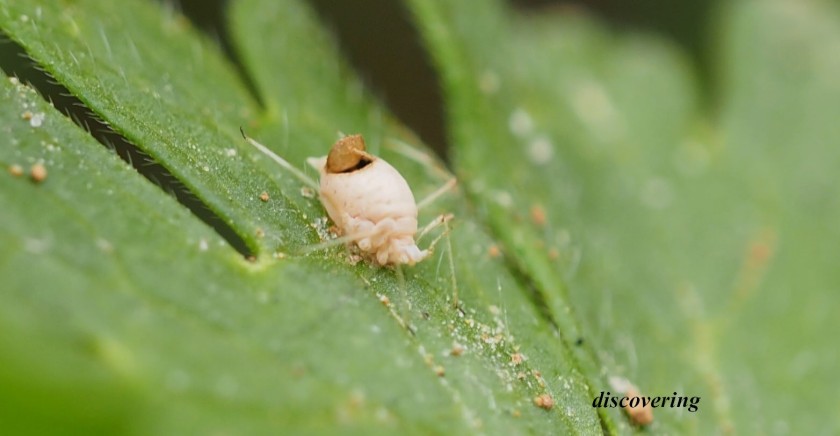Today I will just share some pictures of a few of the first flowers I have seen during my walks the last couple of weeks.
I don’t know about you, but I think it’s so lovely to see the first patches of bright colours between the brown and sometimes green you see in winter (or white if you happen to live somewhere with snow).
One of the first ones I saw were Winter aconite…..
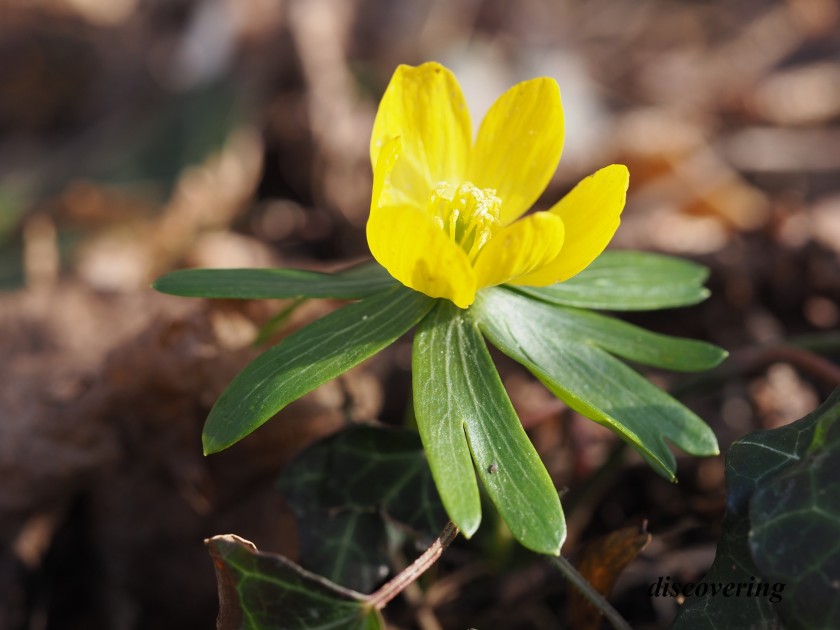
I think they look so beautiful with the flower on a necklace of leaves.
They were followed by Early crocus….
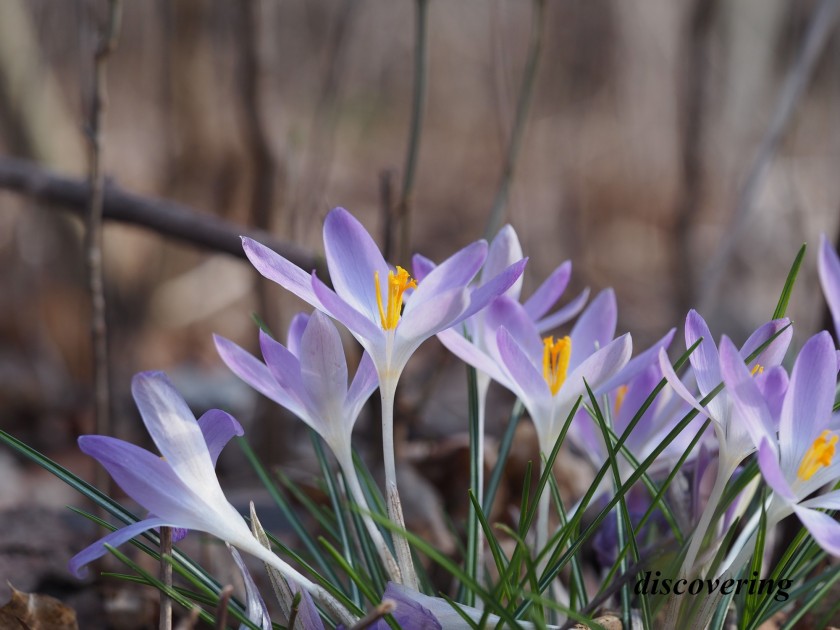
(I love this picture – it looks like they are shining from within 🙂 )
A bit later I saw this Yellow star-of-Bethlehem. It reminded me a bit of a Narcissus, but they are a totally different plant family. Narcissus is a type of Amaryllidaceae and the Yellow star-of-Bethlehem is a type of Liliaceae.

Last Wednesday I was walking in a wood nearby and I found lots of these…..
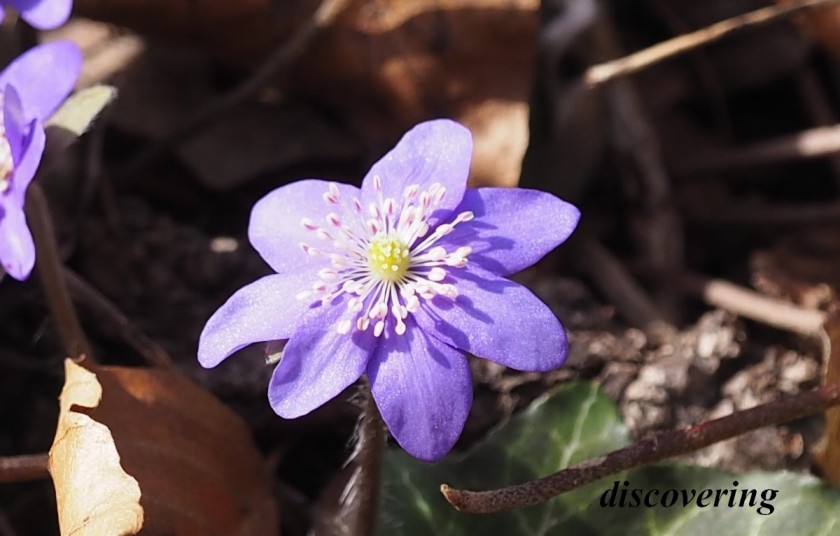
First I didn’t know what it could be, but a friend on Twitter told me that it’s a Liverwort!
Yesterday I saw this Corydalis cava….

Around here they are quite common. They grow in the forests and bloom before the leaves of the trees are starting to grow. In some places there are like big carpets of them.
A few steps further I saw this Wood Anemone….

And…… on the other side of the road – in the sun – I saw some Pestilence wort…..
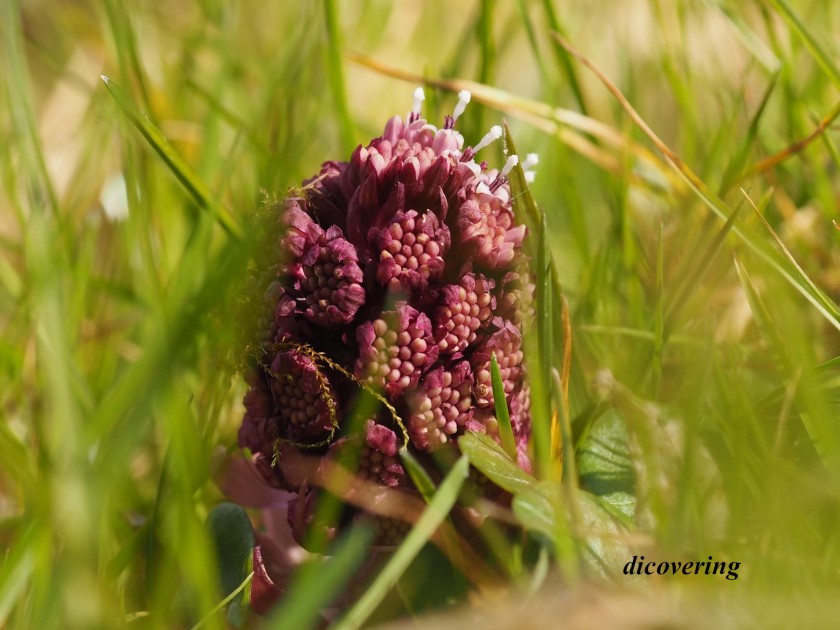
Sometimes I think that they are quite ugly. They appear as these fleshy looking “things” in the grass. But when you look carefully and you see all these little flowers, then you can see that they are actually quite pretty.


